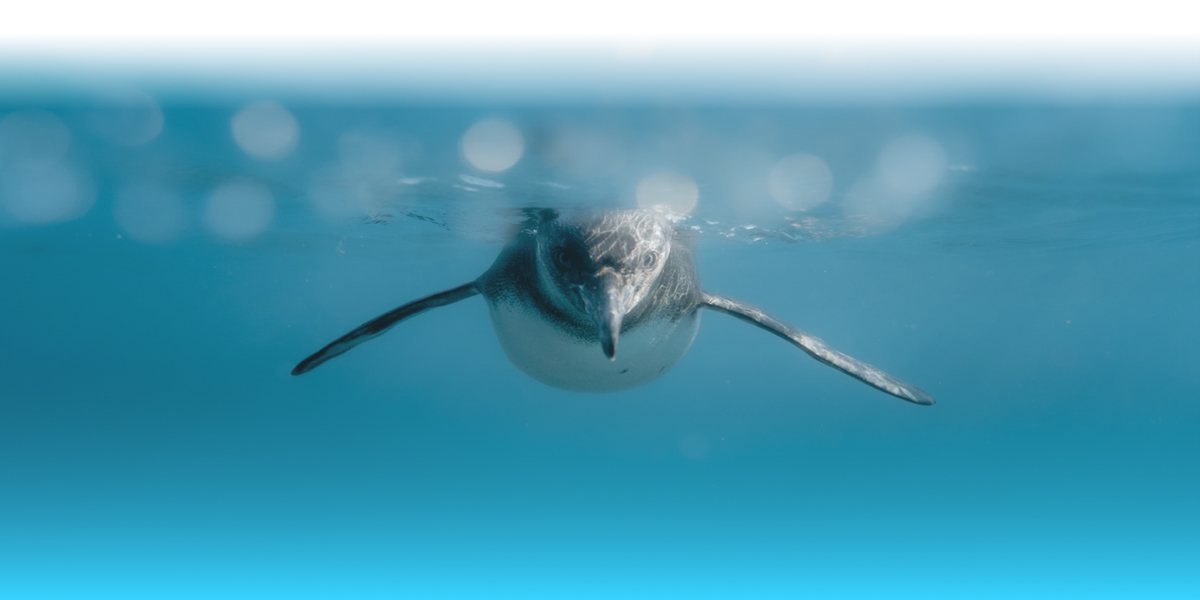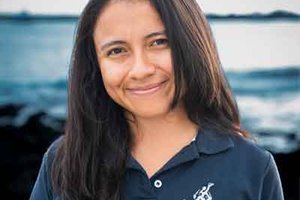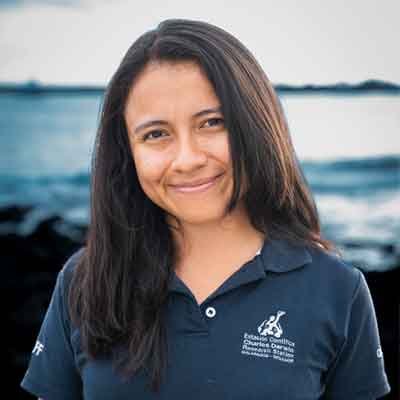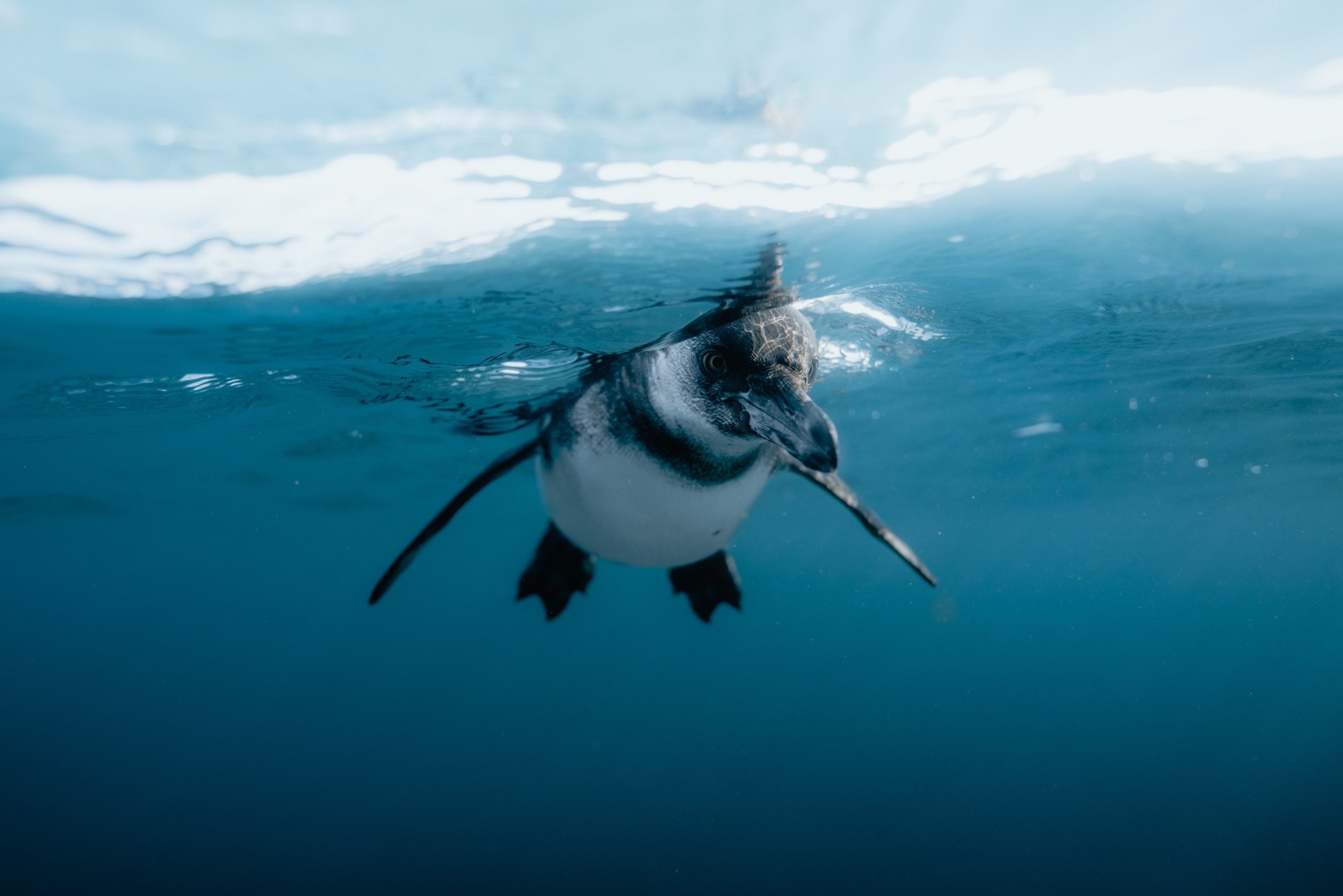A notebook, a pen, and the desire to question are enough tools to take your first steps in science.
When 21 local teenagers enrolled in the Summer Club at the Charles Darwin Research Station on Santa Cruz Island. They arrived not only with enthusiasm to connect with their natural environment but also with a desire to live a meaningful learning experience and let themselves be amazed by the scientific spirit.
Those of us who are part Environmental Education and Community Outreach Program (ECO-Program) of the Charles Darwin Foundation know that experiences outside the classroom generate more impact and promote curiosity, essential to enhance the search for knowledge.
For two weeks, the members of the summer club carried with them a notebook and a pen; sufficient tools to take their first steps in science. Observing, questioning, and recording are tasks that researchers carry out in their day-to-day lives, this club provides spaces for young people to promote this scientific mindset and feel empowered by their learning process.
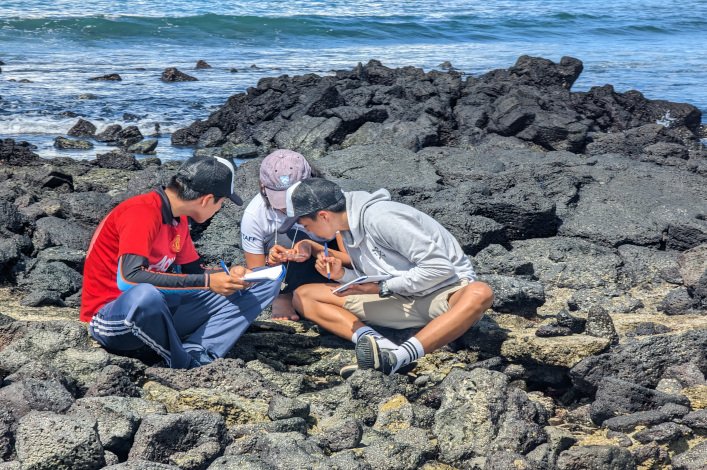
One of our field trips was to “La Ratonera” beach, where we learned about marine invertebrates. In the middle of the rocks, the student carried out the Zoom In-Zoom Out exercise in their diaries, learning to look at the interactions of organisms from three different dimensions and question their ecological role.
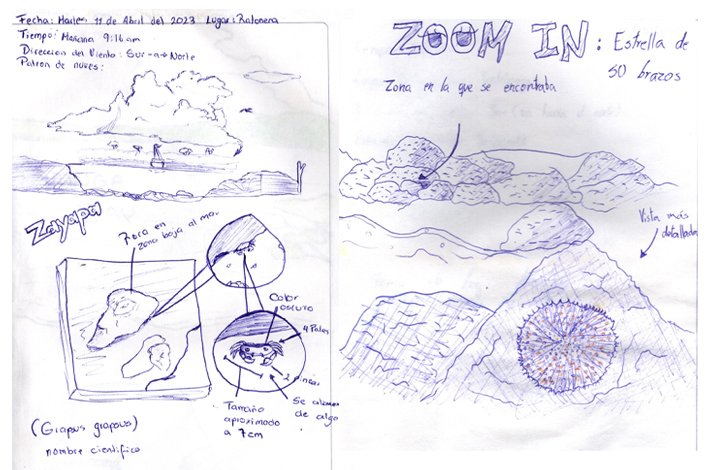
On the other hand, the nature journal became a record of questions. Exploration routines focused on details to complement the phrases "I observe..., I wonder... and it reminds me of..." which invited students to build the habit of questioning themselves about everything that surrounds them. For example, Katherin Rojas, a young local student, after carrying out a snorkeling activity at La Estación Beach, found the marine world interesting, especially the species “ojón blanco” (Xenychthys agassizi), about which she registered her doubts in one of the pages of his notebook. Meanwhile, in the Natural History Collections of the CDF, the Galapagos barn owl (Tyto alba punctatissima) paid attention to Piero Batallas, who wrote down several questions about the specimen.
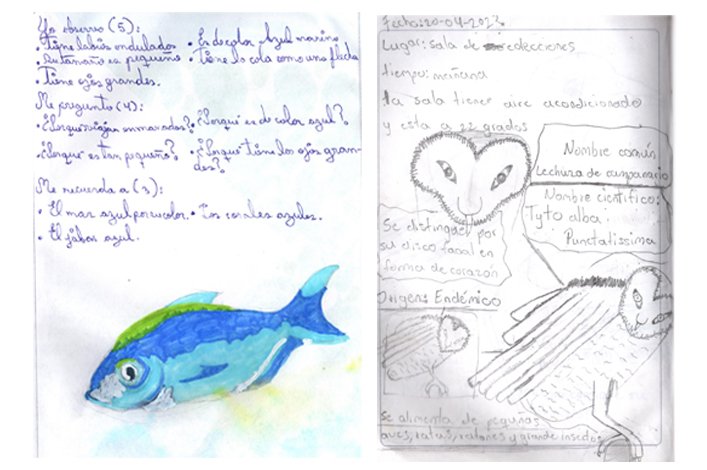
“In this diary, I was able to write everything I saw, everything that happened to me, and all the doubts I had. When I see this diary again I will only have beautiful moments (…)” said Nahí Fajardo, one of the participants.
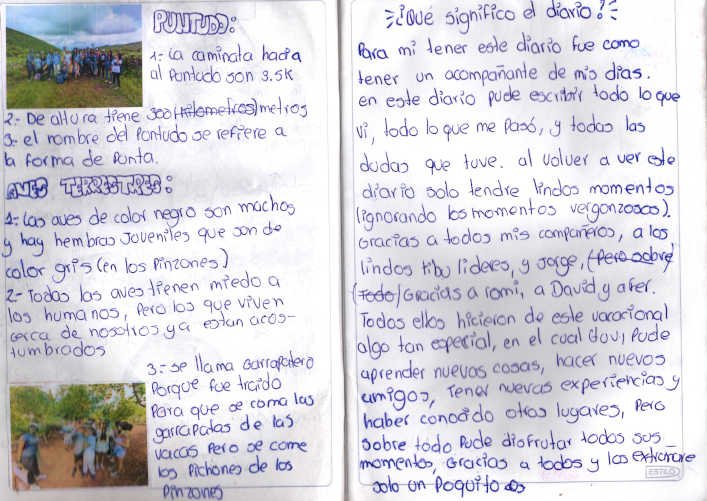
Gerad Valle said, "The nature journal was a good way of learning since it stores everything we have learned on this vacation". Each page of the nature journaling was filled with unforgettable anecdotes, discoveries, and memories of their adventure in nature. For Daniela, the diary "means something very beautiful because it allows me to learn about what surrounds me."
With this experience, I want to share with educators from all over the world those tools as simple as a notebook and a pen can extraordinarily arouse curiosity in young people, as long as it is accompanied by contact with their natural environment, which opens the doors to new beauty and meaning worlds.
We hope that next year, more young people from the community will come to the Charles Darwin Research Station to explore, learn, and connect with their natural environment and science.


